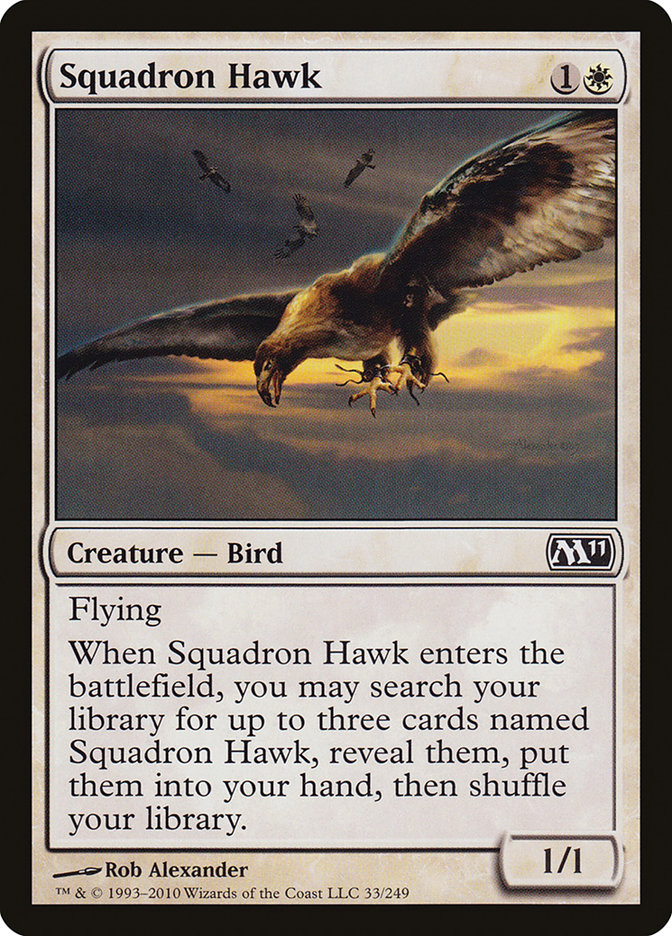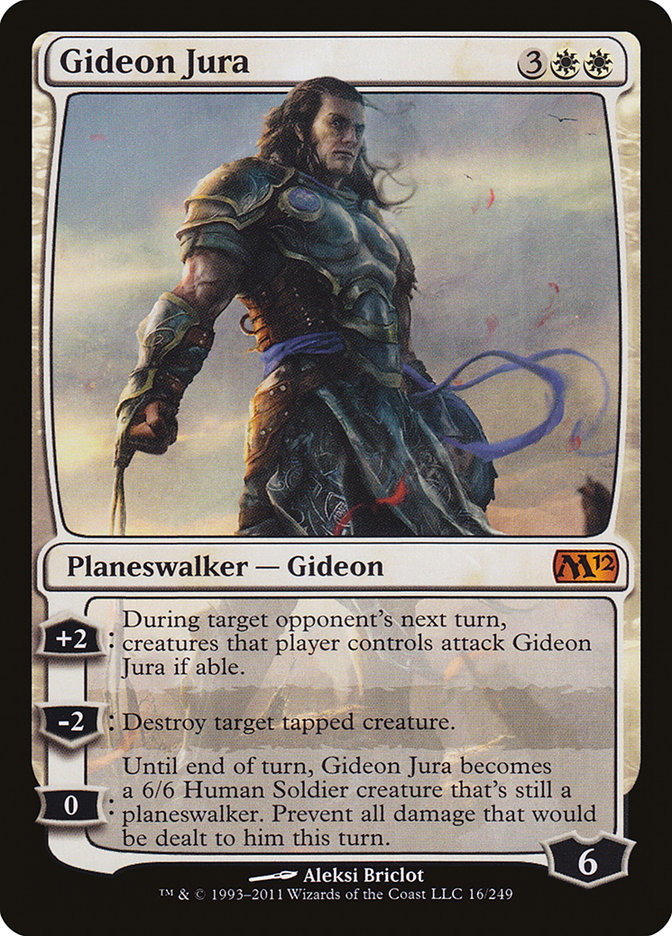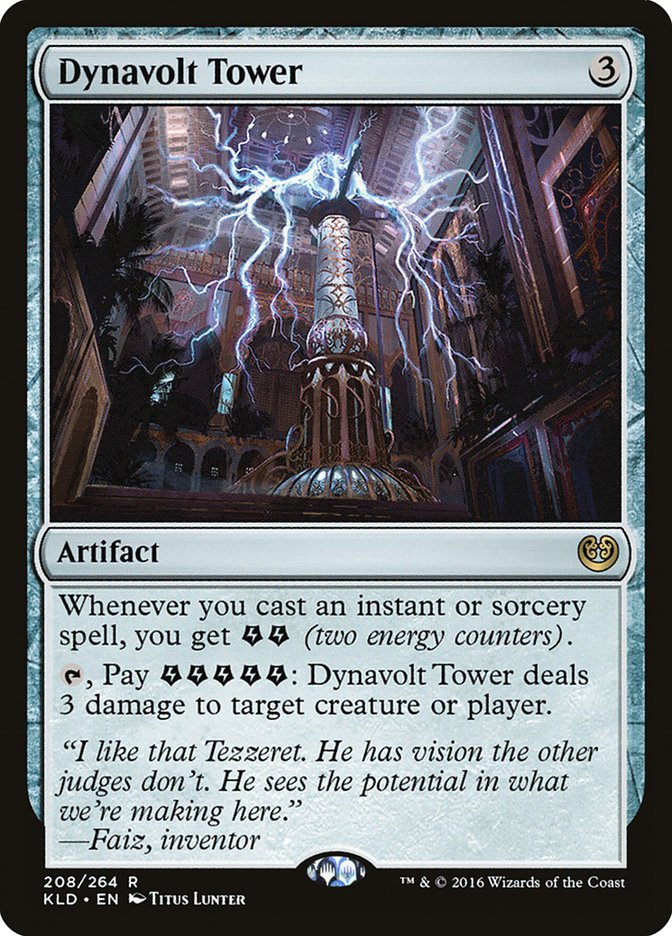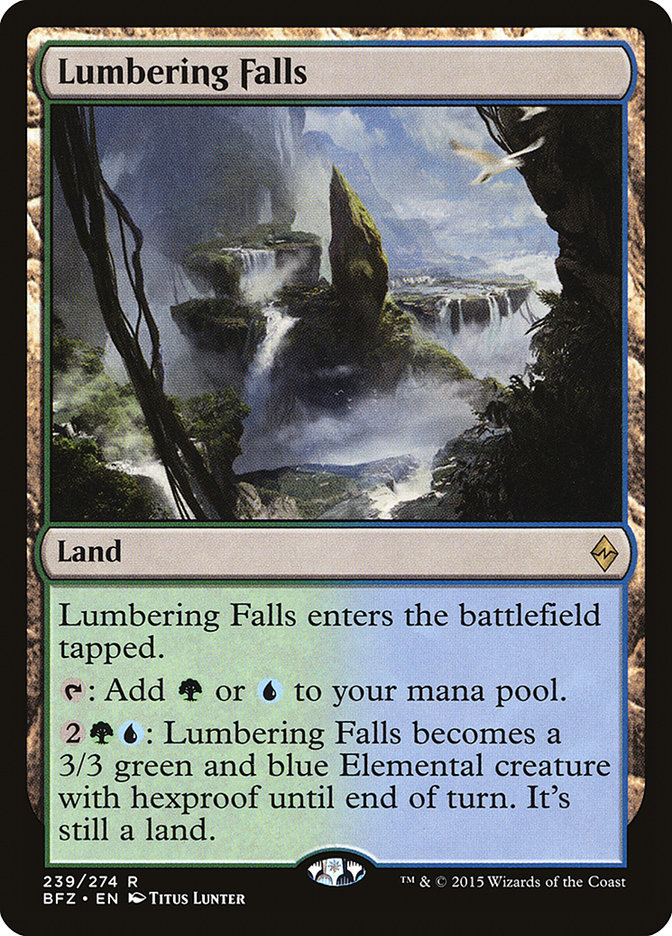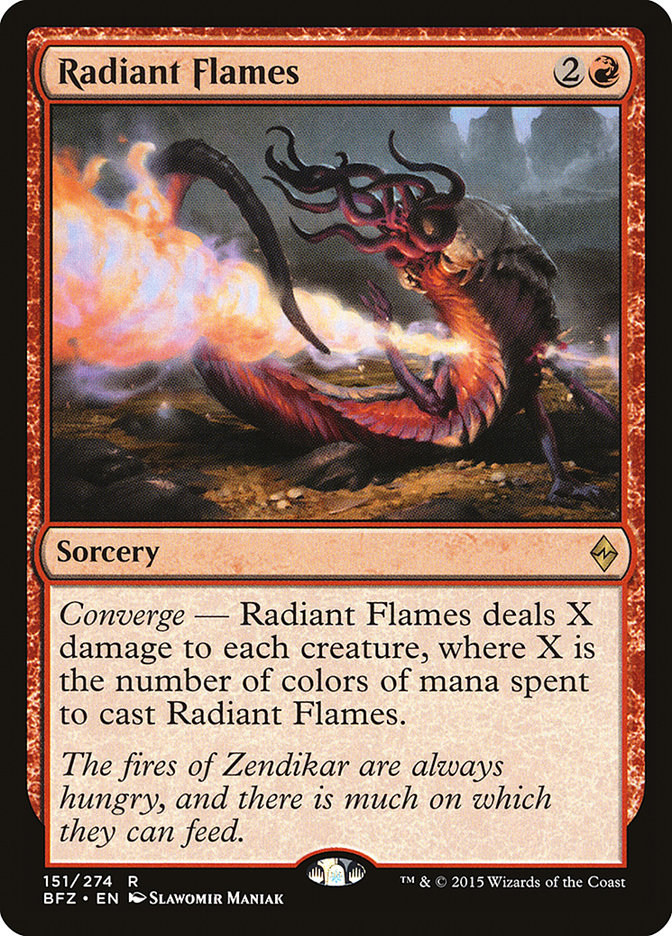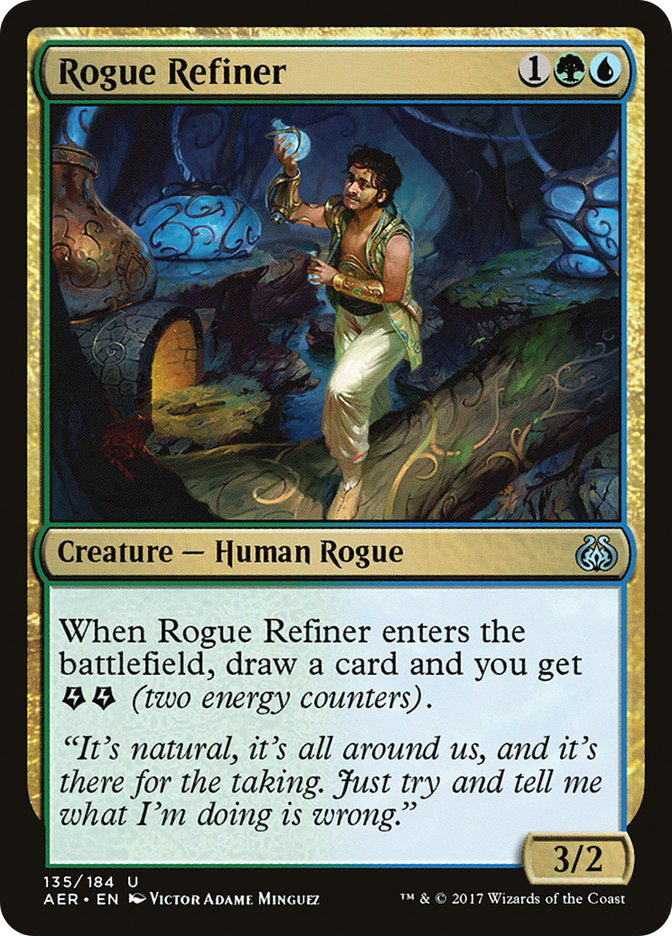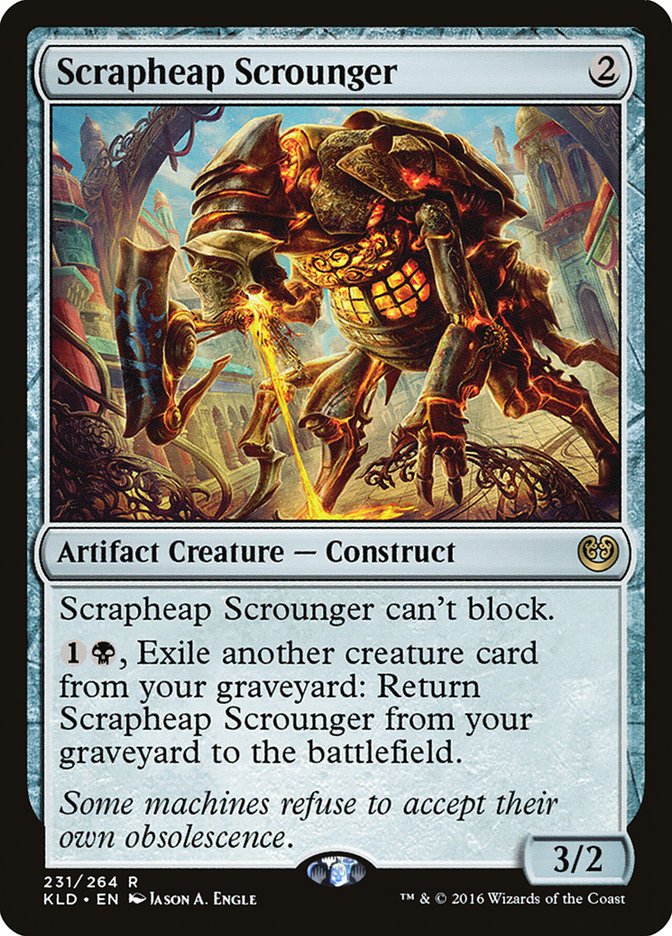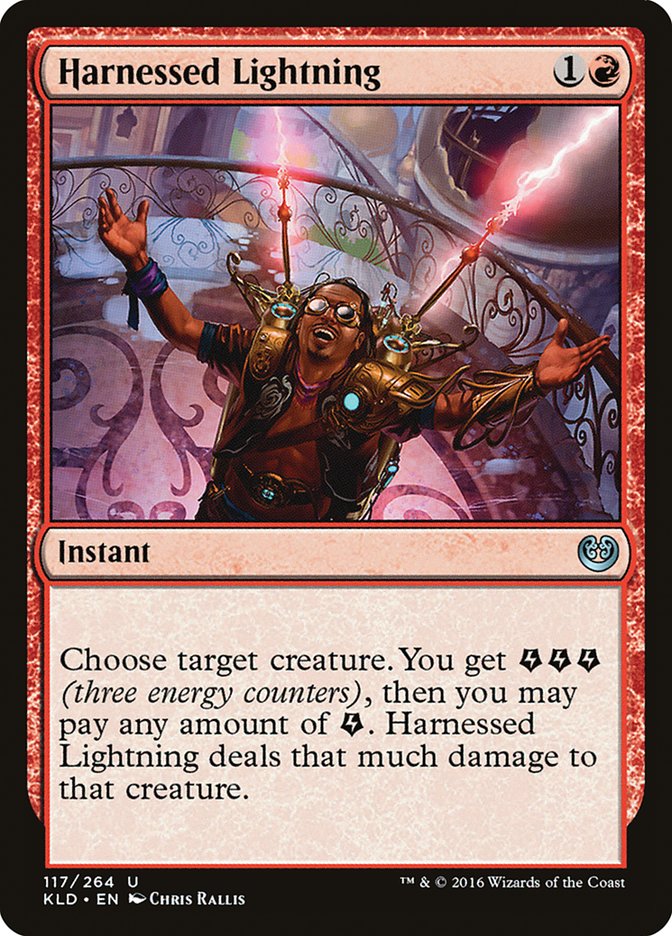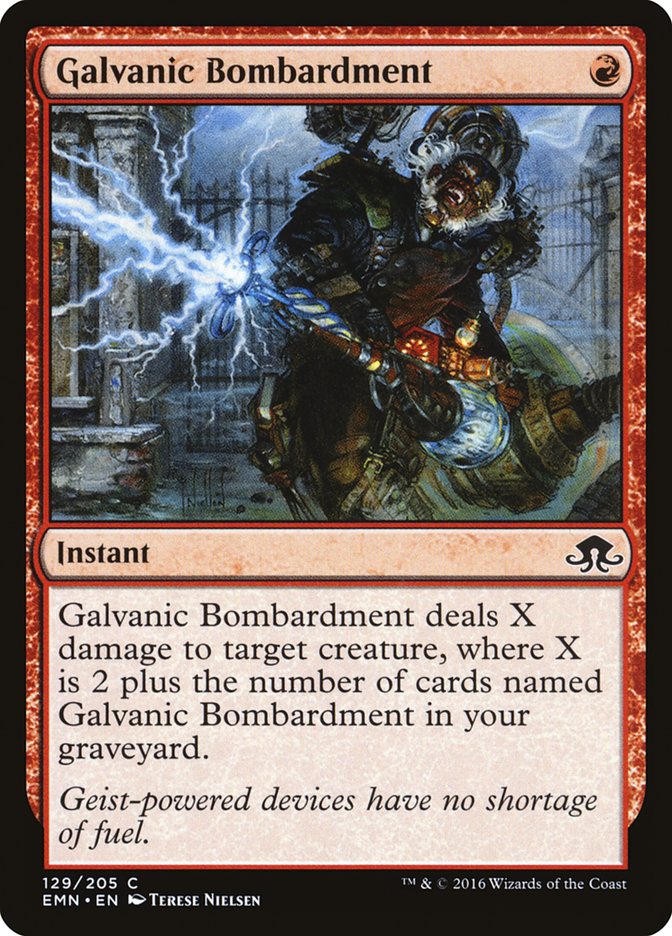If you ask most people who play Standard what their take on the format is, you’ll find a lot of people view it in fairly unexcited terms. Their experiences cannot be denied: there are only a very few decks that are at all reasonable to play:
- Mardu Vehicles or Mardu Ballista
- Four-Color Saheeli
- In distant third place, some variety of B/G
This gets compared a lot to the prior format, where there were basically only two real decks that most people took seriously, B/G Delirium and W/U Flash (with a distant third place occupied by, in my opinion, Mardu Vehicles).
While the bans that took away the previous metagame had a lot of people up in arms – especially the ban of Reflector Mage, a ban I still support – one thing is certainly the case about current Standard: people might not be pleased with the narrowness of the metagame, but again and again, people exclaim about how great it is to play specific games of Magic in this metagame.
Personally, this moment reminds me a lot of Caw-Blade Standard. At that moment in time, I was doing the bulk of the commentating for StarCityGames.com, in what then was called the Open Series (now the SCG Tour), and I watched a ton of Caw-Blade on Caw-Blade Magic. You’d get used to decks like these doing well:
Creatures (8)
Planeswalkers (7)
Lands (27)
Spells (18)
- 3 Lightning Bolt
- 2 Mana Leak
- 4 Day of Judgment
- 3 Spell Pierce
- 4 Preordain
- 1 Sword of Body and Mind
- 1 Sword of Feast and Famine
Sideboard

Creatures (9)
Planeswalkers (7)
Lands (27)
Spells (17)

Each particular build would have very small differences from each other, but while it was absolutely true that the deck had a strangehold on the metagame, hot damn were the games great to play. Personally, I also loved watching them, but more importantly, the games that came out of that format were wildly skill-testing. Understanding one’s role was such a critical part of these games, but since they were in mirror matches, it was important to understand one’s role in that specific moment. And while the Caw-Blade moment of Magic was wildly dominating, there did exist alternatives that were powerful.
Current Standard is much like this, and it also includes alternatives.
If you’re looking for control in Standard, it exists.
Dyna-MIGHT
Dynavolt Tower decks have been a part of Standard for a hot minute, but Pierre Dagen’s list is probably the highest-profile such deck at a professional level.
Creatures (1)
Lands (24)
Spells (35)

Since that time, we’ve seen other decks also run Dynavolt Tower, with the most common one being the Temur Dynavolt list seen piloted to a Top 16 by Ondrej Strasky:
Creatures (10)
Lands (21)
Spells (29)

Now, the first thing that I look at with a deck like this is what the colors are accomplishing. Here, that answer is simple: Attune with Aether is a powerful card in combination with Dynavolt Tower, Rogue Refiner is a very efficient card from a card-economy standpoint, and green also supplies some powerful sideboard options.
Less obvious are two other factors.
Lumbering Falls is an awesome Magic card for a controlling deck. If you have a lot of mana available, a Lumbering Falls, all by itself, completely dominates the ground against a smaller creature for the simple reason that Lumbering Falls can’t be interacted with. To take out a Lumbering Falls against its owner’s will requires a proactive use of a card like Blossoming Defense, which, against potential removal, is a dangerous proposition. Further, if you are in a protracted game, when you’re ready to turn the corner and finish the opponent, they can’t punish you.
Simply put, the green here is another point of damage, something that a simple two-color deck can’t actually accomplish.
Now, all told, these are not insignificant together. But one of the more intriguing things that Strasky said after his Grand Prix finish really surprised me:
He said he didn’t like Rogue Refiner in his deck.
Huh.
It wasn’t surprising to me other people followed suit. Witness Grand Prix New Jersey finishes by Oliver Tomajiko and Seth Manfield moving the same direction Strasky suggested: Temur Dynavolt, but without one of the green components.
Creatures (4)
Planeswalkers (1)
Lands (22)
Spells (33)

Creatures (4)
Lands (22)
Spells (34)

Over in Barcelona, a slightly different list finished in the Top 32, but still Temur Dynavolt.
Creatures (6)
Lands (22)
Spells (32)

All told, there were three Temur Dynavolt decks in the Top 32 of Grand Prix New Jersey (and one Esper Control running a pair of Dynavolt Tower) and one in the Top 32 of Grand Prix Barcelona.
All of these stepped further away from the green elements, and shifted towards solely running green for the sideboard (and pre-sideboard cards) and the mana.
While all of this was happening, I was pretty taken by a list I first saw in the hands of Zac Elsik, a pure U/R Dynavolt Tower list that eschewed the green for stronger mana – especially with regards to lands entering the battlefield tapped, or effectively tapped in the case of Attune with Aether.
He would win an RPTQ in Texas with this list:
Creatures (4)
Planeswalkers (1)
Lands (26)
Spells (29)

His success with the two-color build wasn’t in a vacuum, either. Jeff Hoogland played something similar at the Players’ Championship, and a deck remarkably like Zac’s did well just a week prior to Zac’s finish.
Creatures (3)
Lands (26)
Spells (31)

Creatures (4)
Planeswalkers (1)
Lands (26)
Spells (29)

With all of these lists, I’ve mostly been working off of the baseline set by Zac, but one of the things I’ve also kept doing is paid attention to every single top-finishing list that was similar to it, whether it be the Temur version or U/R version. In doing that, I’ve come to some conclusions about what the overarching list needs to look like.
Breaking Down the Lists
So, what is the core for these decks?
If we’re really going to get right down to it, it is this:
Counter-Burn with 26 “lands,” a few copies of Dynavolt Tower, and several of Torrential Gearhulk.
Let’s break it down further.
If you look at lists, you’ll see that this card is inconsistent in how many copies that decks run. You’ll see between two and four copies, with four being the most common, and two the least common. Why such discrepancies?
Dynavolt Tower is at its strongest in Game 1. It’s in this first game that you are the least likely to be punished for playing it with countermeasures like Release the Gremlins. Furthermore, you are also least likely to have a massive planeswalker immediately hit the table; Gideon, Ally of Zendikar and Chandra, Torch of Defiance are out there, but for most decks, in Game 1, the total planeswalker count is at its lowest.
In a lot of matchups, you often want to sideboard down in Dynavolt Tower because of those pesky Gremlins. While Dynavolt Tower is an awesome controlling card, if your plan begins to be “sideboard it out,” at some point, you might find yourself shaving into them in order to make your 75 cards a bit more coherent and simultaneously nimble.
Personally, I think that three is the best number for this card, though I am completely on board with a player that decides that they want a fourth. Going to two in the main is defensible, but I think it misses out very much on the pure strength of the card in Game 1, where you could just run away with the game because of the card.
At first glance, this is one of the powerhouses of the deck, so much so that you might rename these decks Temur Dynavolt and U/R Dynavolt to Torrential Temur and Torrential U/R. In terms of sheer power, this is one of the most potent cards that there is, fully capable of blocking a Gideon, surviving, and coming back at the planeswalker to kill it, all while pulling shenanigans along the way.
Most lists run four of the powerhouse, but some go to three.
Why not have this be an auto-include four copies?
A big part of the reason that I’m on Team Three Torrential is that Unlicensed Disintegration is a hell of a card. Dynavolt decks can absolutely take control of a game, but sometimes they do so at such a low life total that you aren’t going to be fully comfortable casting Torrential Gearhulk unless you can also clear it off of the table in response to those pesky Unlicensed Disintegrations that are clogging up your opponent’s hand. Casting a Torrential Gearhulk can literally cause you to die where you wouldn’t have otherwise.
I’m sympathetic to four, but I think things slightly swing in favor of three for that reason.
No, this deck doesn’t run Scrapheap Scrounger, but the mere existence of Scrapheap Scrounger forces all manner of contortions on any deck that hopes to be a control deck in this day and age. Consistently handling Scrapheap Scrounger is a must, and failure to do so can result in outcomes Providence, where my Jeskai Control deck outright lost to the mere existence of Scrapheap Scrounger in the game.
Again and again, I keep seeing a consistent refrain for having two answers to this card in the main deck. The options aren’t many. You have these choices: Brutal Expulsion, Incendiary Flow, and Natural Obsolescence. That’s it.
If you’re in green, it has become clear that the singleton maindeck Natural Obsolescence is probably worth your time. There are sufficient targets that it is rarely a problem. If you’re in green, too, most people seem to feel that Incendiary Flow is a reasonable card to include, particularly because you’re more built to accept the notion of tapping out. If you’re not in green, nearly every build I’ve seen has been running Brutal Expulsion because, though it is unwieldy, it is also effective at buying a Dynavolt player time.
I’m of two minds for what mix one should play. I’ve absolutely been shocked at how much I’ve been loving Brutal Expulsion, and I could easily see any deck choose to run two of this card as a part of their Scrapheap Scrounger package. When you’re running two, you can consistently get mid-game Torrential Gearhulk on Brutal Expulsion, and that is an impressive thing to be able to count on. On the other hand, the card may play a role, but it is also underpowered and expensive. Cheaper answers have a lot of utility.
No matter what, I know I want at least one instant answer. The details beyond that will depend entirely on the curve considerations of the rest of your deck.
The countermagic is a hugely important element of this deck and a part of what will likely make the deck appealing for players who choose to pick it up. Some of us just love to say, “No!”
For Disallow, three to four copies has been the clear choice. There is some wiggle room here between those two choices. The final call will likely be based on how the mana curve looks and how many other counterspells are being run. I personally like a minimum of four hard counters, so unless you’re running Confirm Suspicions, starting at four is important. I’ve run Void Shatter in this slot in the past, and at this point, I’m strongly of the opinion that any Void Shatter you’re choosing to run in the main should just be one of the four above counters instead; you do need to stop abilities, and the exile ability of Void Shatter is rarely relevant.
With Horribly Awry, some people don’t run this card at all, but at this point, I feel very strongly that Zac Elsik is correct in running three of this card in the maindeck. You simply want to be able to stop early creatures that often, and having another anti-Scrapheap Scrounger card is a big deal. This card is at its most important against Four-Color Saheeli, where killing a creature after the fact is just so much less important that stopping it from ever hitting the battlefield. The bare minimum I could accept someone running is two. After sideboarding, I know Zac loves four copies of this card; I like access to four copies, but I could accept only having the three.
For Negate, the most common number of copies is two or three, and again, I think this is roughly correct. How many you run is basically a feature of how much you expect to see Mardu decks; if you are expecting endless Mardu, running three is a good metagame call. On the other hand, you can clog on this card, drawing it at the wrong time for your situation. Depending on how many other counterspells you are running, you could drop this as low as two, but no lower.
Confirm Suspicions is greedy, but incredibly powerful. In my opinion, this card is absolutely one to include in your 75, but whether it makes the cut in your maindeck depends on how many other counterspells you are running. All told, this is the last counter I want in a deck, with my preference being thirteen counters plus Torrential Gearhulk, in total. If you are at twelve and you haven’t yet added this in, do it. Simply having it in the deck creates these great moments where you can totally pull a game out of the ability of an opponent to come back, and with Torrential Gearhulk in the mix, you can even do so after they’ve managed incredible feat of their own.
Card draw and card selection really let this deck work. Without those elements, you can’t obtain control of the game, and eventually you’ll simply fall behind and die to something or other from your opponent.
Glimmer of Genius is an unequivocal four-of in this deck. In fact, even sideboarding out a single copy is something that must be carefully considered before it is done. This is the card that churns the mid-game into an inevitable victory. While your opponent draws Fatal Push and their extraneous lands, you are building up answers and getting closer to Gearhulks which get yet more Glimmer of Genius going, further cementing your safety. Don’t mess around and cut this card.
Anticipate, on the other hand, is absolutely reasonable to shave into. While Anticipate does help the deck flow smoothly, it is not incredibly efficient in a world where powerful planeswalkers and Vehicles can threaten to kill you. You’re only excited to cast an Anticipate on turn 2 if a) you are hungry to find a specific card, and b) nothing has happened from your opponent that required a response. I’d only run a fourth Anticipate if I had nothing else I was considered for that slot in the deck, and then I’d be fine with it.
Jace, Unraveler of Secrets is one of my favorite cards in Standard, and I’ve loved it so much that I’ve run as many as three of them in decks recently. In this archetype, I absolutely recommend exactly one copy of the card. In very late game states, the card is likely to show up, and without creating a vulnerable target to Unlicensed Disintegration, it can provide card advantage until that point where you get to ultimate and make an emblem, which will generally mean Game Over for anyone. I would love to say I’d suggest more than one copy, but the world is too fast to really support that right now.
Shielded Aether Thief is only acceptable as a card choice if you are playing the Temur Dynavolt build. In mere U/R Dynavolt, the card simply does not have enough going to run properly. It needs Attune with Aether. One of the real costs of Shielded Aether Thief is making live all of the early removal an opponent has, particularly Fatal Push. I prefer this card as a sideboard card for that very reason, but it is powerful enough that it is an acceptable choice for maindecks in Temur, even if I personally am in Seth Manfield’s camp, where it isn’t maindeck.
While I haven’t listed Incendiary Flow here in the burn section, that is because I think the choice to run Incendiary Flow is part of the decisions on having sufficient answers to specifically Scrapheap Scrounger. That doesn’t mean that Incendiary Flow (and Brutal Expulsion) aren’t a part of the “burn” part of the “counterburn” that is a Dynavolt deck, but rather that it is a part of a different part of your decision-making process.
First of all, running four Harnessed Lightning is just a necessity. It can help you answer a Heart of Kiran immediately with only a tiny bit of help from Aether Hub. In conjunction with Dynavolt Tower, you can generally find yourself able to answer the largest creature for a mere two mana. In maindeck and sideboarded games, this will be a card you’re glad to have access to in nearly any matchup. Like Glimmer of Genius, this is a four-of, no exceptions.
Galvanic Bombardment and Shock make an interesting pair. Now is not the moment of Magic where you want access to both. The question really becomes this: how many one-drop removal spells do you want? If you want three or four, you should be running Galvanic Bombardment because of how the card scales. If you only want one or two, you should be running Shock because of the extra versatility to the card. I could only see running three or four Shock if you’re expecting a world where it is practically only Four-Color Saheeli as the opponent.
My Current Build
Here is what I’m currently playing for the deck.
Creatures (3)
Planeswalkers (1)
Lands (26)
Spells (30)

As you can see, I prefer the two-color build rather than Temur Dynavolt. I just generally love having my mana almost never get in the way of what I’m trying to do.
Some of the choices I’ve made bear discussion beyond what I’ve mentioned about this archetype above.
I’m running the heavy removal build favored by Zac Elsik. I could see potentially cutting down to three Galvanic Bombardment, but I’d have to make that cut in favor of something very, very compelling, and I’d only want to do it if I had that extra Galvanic Bombardment in the sideboard. I could also see cutting one Brutal Expulsion from the deck, but only for Incendiary Flow, and I’d still feel a little uncomfortable with it. I keep feeling like I want a single Compelling Deterence in the deck, but don’t see the room for it currently.
My counter mix feels very good for what I perceive the current metagame to be. If it were to start getting more dominated by Mardu Vehicles and aggressive Energy decks, I could see cutting into Confirm Suspicions and Disallow.
I’m only running three Dynavolt Tower, three Anticipate, and three Torrential Gearhulk. I rarely want these cards in my opening hand, and only feel safe dropping a Dynavolt Tower on turn 3 in specific circumstances. I could imagine a world where I’m running four Tower, but that isn’t likely.
My land mix came as the result of a lot of games. I’m running far more red sources than most people, and it is largely because of a simple factor: when tracking how the land performed, I discovered I was losing far more games to that lack of red than a lack of blue. With hundreds of games under my belt with this deck and this land mix, I’ve had perhaps two games where I wished for an additional Island. With the previous mix, including that extra Island, I had dozens of games that I outright lost for lack of a Mountain. Incidentally, this persnickety element to the mana is one reason I prefer the two-color build to the three-color build; even with the searching power of Attune with Aether, I just found myself more often struggling with mana.
Why?
So why play this deck, whether my build or any of the other two- or three-color builds?
If you like control, this is a control deck that works. It takes some skill to pilot it properly, but against the most popular three archetypes – Mardu Vehicles/Ballista, Four Color Saheeli, and B/G variants – it can absolutely fight the fight. While all of those archetypes has a great deal of variance, Tower decks feel like they are completely in their element against these decks, and with a few exceptions based on specific builds, I’m typically quite happy to face these decks.
On the other hand, you will struggle against “random” decks. Fevered Visions / Prized Amalgam took me out of the RPTQ that I played my deck in and was a part of Zac’s own losses at Grand Prix New Jersey. As a control deck, this deck is well-situated to fight the Big Three decks, but many of the so-called “Tier 2” decks can sometimes be a huge struggle, where most people agree that a good pilot of, say, Mardu or Saheeli decks can usually expect to be greatly advantaged in those matchups.
I’ve been saying “no” for a long time with Dynavolt Tower, and I’m expecting that it will be a reasonable player moving forward. When Amonkhet comes out, things may change, but the baseline of what this deck accomplishes is so strong, I predict it can potentially play a part of that future moving forward. I know I’m excited that with the new rotation schedule, all the work I’m putting in playing U/R Dynavolt might be able to pay off in future Standard as well, and I urge you control players to take this deck on, so you are as ready as you can be!





